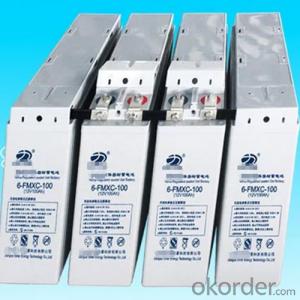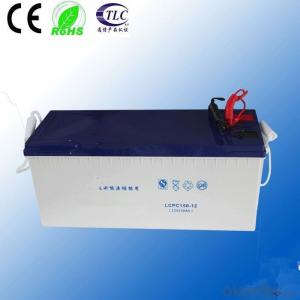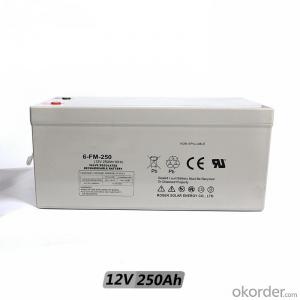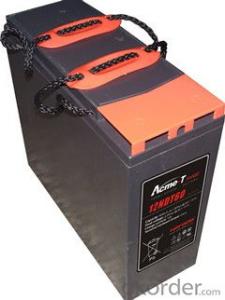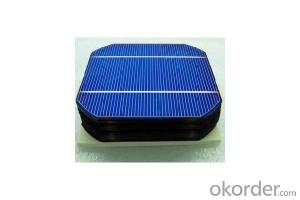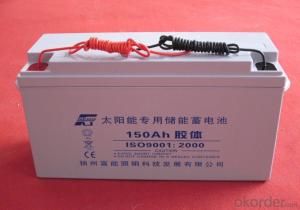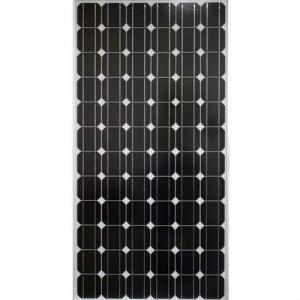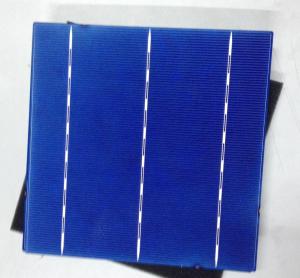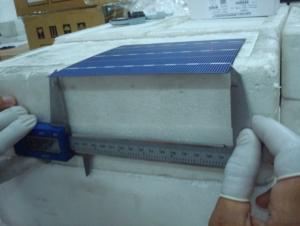Monocrystalline Silicon Solar Cells Communication Lead-Acid Battery FMXC 12V
- Loading Port:
- China main port
- Payment Terms:
- TT OR LC
- Min Order Qty:
- 1 pc
- Supply Capability:
- 1000000 pc/month
OKorder Service Pledge
OKorder Financial Service
You Might Also Like
Structure of Product Descrtption:
What is the product?
The FMXA/FMXC (Front Terminal) Series is especially designed for telecommunication use with 12 years design life in float service. By combining the newly developed paste formula with up-to-date AGM structures, this range features 12 years design life and Front Access connection for fast, easy installation and maintenance. This series is highly suited for telecom applications, UPS systems and other back up applications.
What is the purpose of the product?
· Telecommunication
· Control Equipments
· UPS systems
· Communication Equipments
· Medical Equipments
· Emergency Power Systems
What advantages do products have ?
· 12 years design life at floating condition
· Wide operating temperature range from -15°C to 55°C
· Advanced paste formula with increased recharge efficiency
· Front access terminal with standard width for 19” and 23” ETSI racks
· 30% decreased float current lead to excellent high temperature resistance
· Thick flat plate with high Tin low Calcium alloy
· Low self discharge
· Excellent deep discharge recovery capability
·
Main feature of the product:
*safety and reliable
*environmental friendly and fast delivery
*low self diacharge
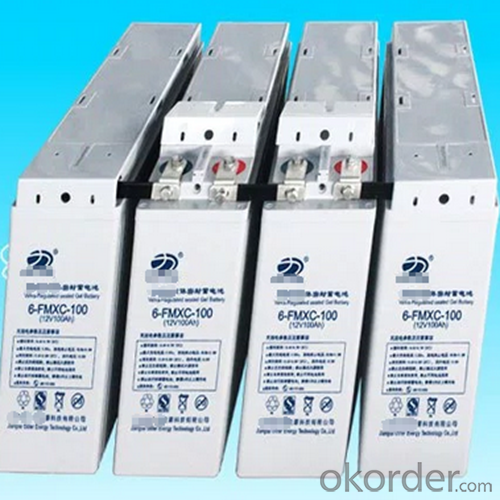

FAQ:
*Question:How long does it can service?
Answer:The service life of it in more than a decade.
*Question:What’s price per watt?
Answer: It’s depends on the quantity, delivery date and payment terms of the order. We can talk further about the detail price issue. Our products is high quality with lower price level.
*Question:Can you tell me the parameter of your solar panels?
Answer:We have different series of cells with different power output, both from c-si to a-si. Please take our specification sheet for your reference.
- Q: Can solar cells be used in high-altitude areas?
- Yes, solar cells can be used in high-altitude areas. In fact, solar cells can work even more efficiently in high-altitude locations due to the thinner atmosphere, which allows for greater solar radiation to reach the cells.
- Q: How do solar cells perform in high altitude regions?
- Solar cells perform better in high altitude regions due to several factors. Firstly, high altitude regions typically have less air pollution and less cloud cover, meaning there is more sunlight available for solar cells to convert into electricity. Additionally, the thinner air at high altitudes allows for more efficient solar cell performance, as there is less atmospheric interference. Lastly, the lower temperatures at higher altitudes can also enhance the efficiency of solar cells, as they work more effectively in cooler environments. Overall, solar cells tend to perform exceptionally well in high altitude regions.
- Q: Can solar cells be used on satellites?
- Yes, solar cells can be and are commonly used on satellites as their primary source of power. Solar cells convert sunlight into electricity, providing a reliable and renewable source of energy for satellites in orbit around the Earth.
- Q: How do solar cells affect the electricity grid?
- Solar cells affect the electricity grid by injecting clean and renewable energy into the system. When solar cells generate excess electricity, it can be fed back into the grid, reducing the demand for electricity from traditional power plants. This helps diversify the energy sources and reduce carbon emissions. However, the intermittent nature of solar power can pose challenges to grid stability and require additional infrastructure investments for efficient integration.
- Q: What is the payback period for installing solar cells?
- The payback period for installing solar cells can vary depending on various factors such as the cost of installation, the amount of electricity generated, and the local energy rates. However, on average, solar panel systems typically have a payback period ranging from 5 to 10 years.
- Q: Can solar cells be damaged by hail or strong winds?
- Yes, solar cells can be damaged by hail or strong winds. Hailstones can cause physical damage by cracking or breaking the surface of solar panels, which can impair their performance. Similarly, strong winds can dislodge or break the panels, leading to functional issues. Therefore, it is important to consider the potential risks of hail and strong winds when installing solar cells and take appropriate protective measures.
- Q: How are solar cells integrated into building designs?
- Solar cells can be integrated into building designs through various methods such as rooftop installations, solar facades, and building-integrated photovoltaics (BIPV). These methods involve incorporating solar panels into the structure of the building, either on the roof or as part of the facade, allowing for the generation of clean and renewable electricity while seamlessly blending with the overall architectural design.
- Q: Is A grade better than the B grade when we buy the poly solar cells.
- Poly Solar Cells B Grade might not sound very competitive to the purchasing managers who are purchasing the poly solar cells in the market, but that’s what I need.
- Q: Can solar cells be used in street lighting?
- Yes, solar cells can be used in street lighting. Solar street lights combine solar panels, batteries, and LED lights to generate and store energy during the day, which is then used to power the lights at night. This renewable energy source makes solar cells an efficient and sustainable option for street lighting, reducing carbon emissions and reliance on the electrical grid.
- Q: Can solar cells be used to power outdoor signage?
- Yes, solar cells can be used to power outdoor signage. Solar cells convert sunlight into electricity, which can then be used to power various devices, including outdoor signage. This approach is eco-friendly, as it relies on renewable energy sources, and it can also be cost-effective in the long run by reducing electricity bills.
Send your message to us
Monocrystalline Silicon Solar Cells Communication Lead-Acid Battery FMXC 12V
- Loading Port:
- China main port
- Payment Terms:
- TT OR LC
- Min Order Qty:
- 1 pc
- Supply Capability:
- 1000000 pc/month
OKorder Service Pledge
OKorder Financial Service
Similar products
Hot products
Hot Searches
Related keywords
